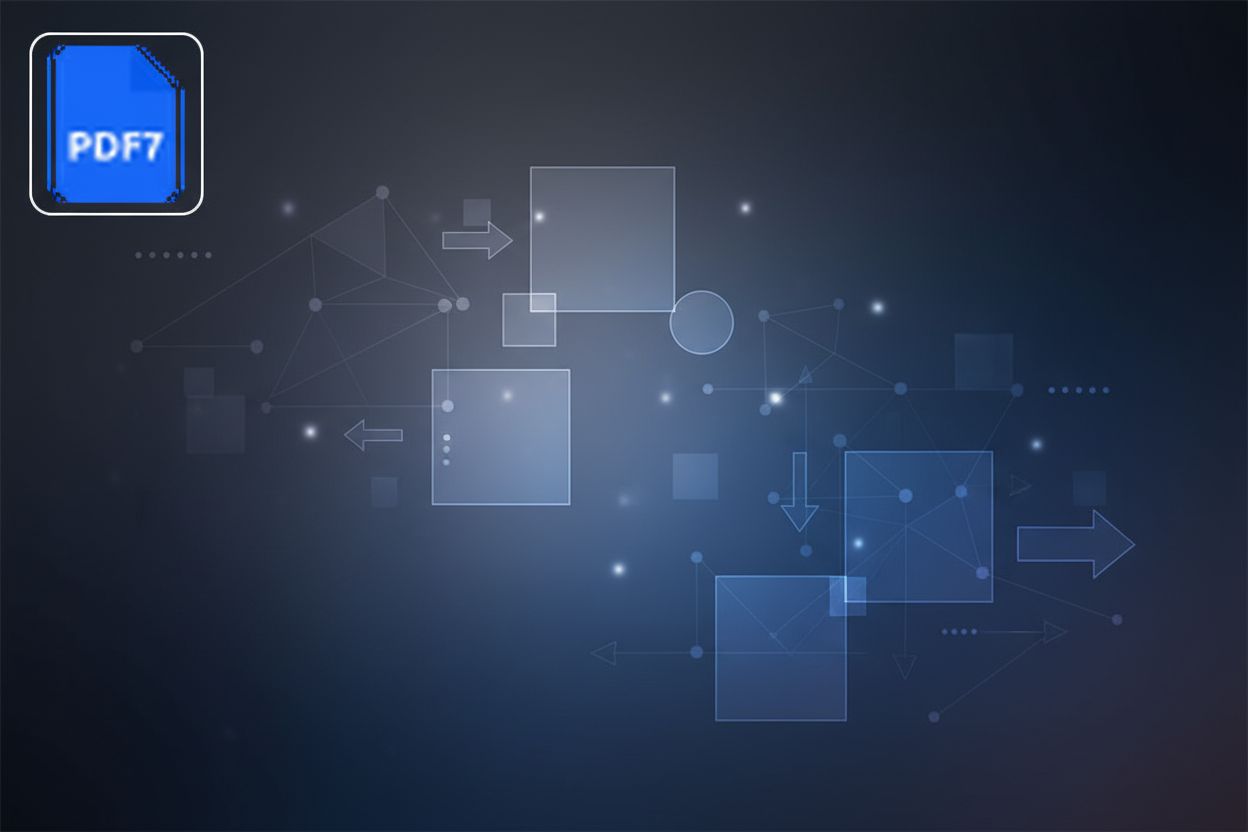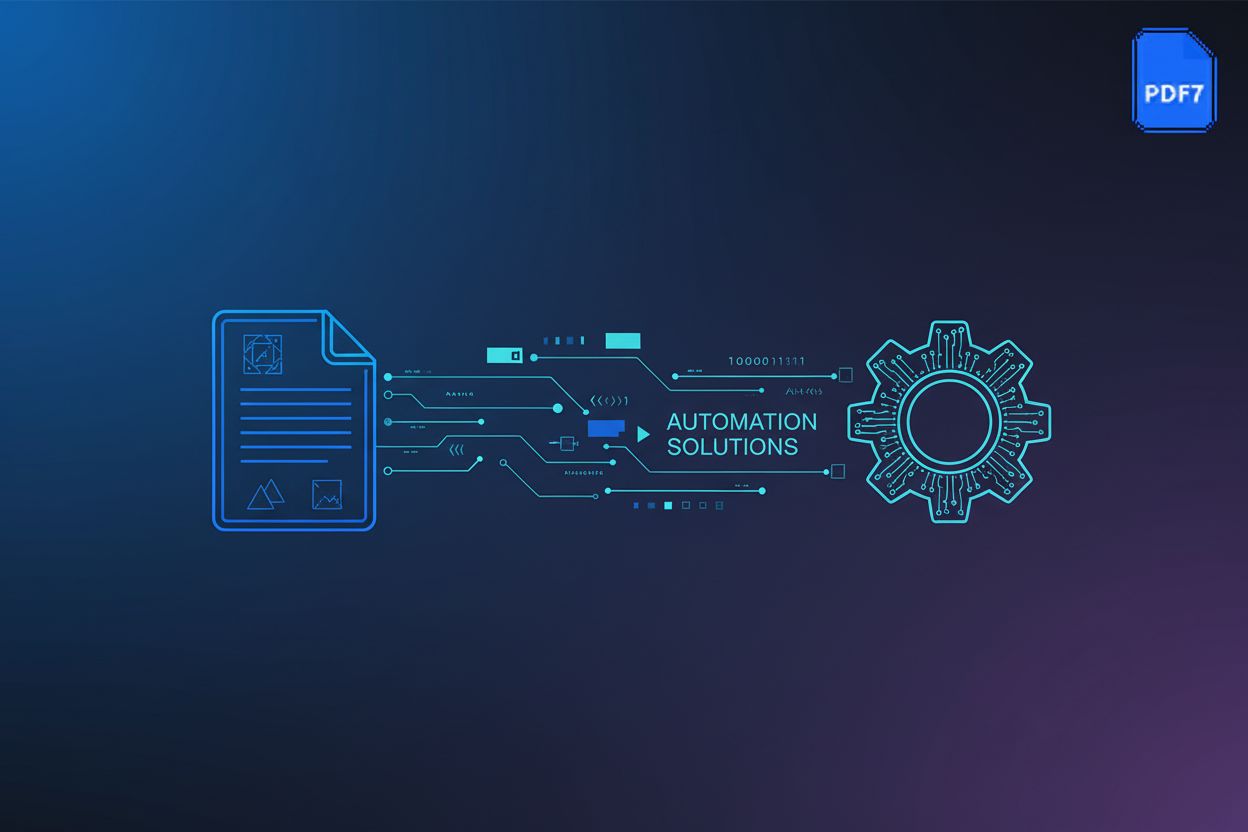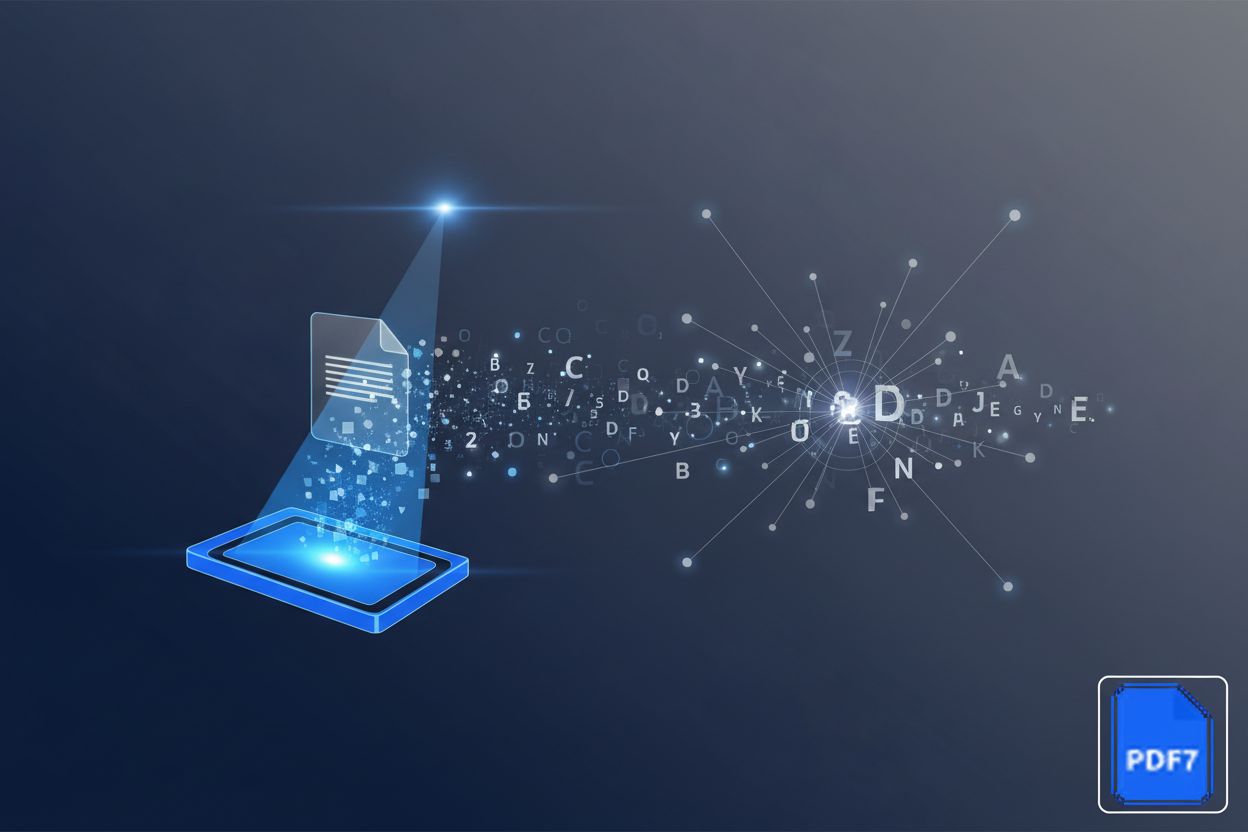Text Processing AI for Enhanced PDF Workflows
TL;DR
Introduction: The PDF Revolution Powered by AI
Okay, let's dive into how ai is changing the pdf game. Betcha didn't think those old documents could get a glow-up, huh? Well, buckle up!
PDFs have been around for ages, right? But, they've always been kinda clunky. Editing? Forget about it! Extracting info? Ugh, manual labor. ( - PDF7)
Now, ai steps in like a superhero. It's not just about making PDFs look nicer; it's about making them smart. Think automated data extraction, intelligent summarization, and even generating content or answering questions based on the document.
Manually wrangling with PDFs is a total time-suck. Copy-pasting, reformatting, it's a drag. (How do you handle inconsistencies in PDF formatting and structure ...)
ai is like "nah, we can do better." It automates the boring stuff. Nitro Software, a company offering PDF solutions, provides ai tools that automate form creation, extract data, and simplify complex tasks.
Imagine healthcare pros instantly pulling patient data from PDFs, or finance gurus quickly summarizing lengthy reports. It's about boosting productivity, big time.
So, that's the kickoff! Next up, we'll explore how these underlying AI technologies are being practically applied to revolutionize PDF workflows.
Core AI Techniques Transforming PDF Text
Ever wonder how PDFs can suddenly "understand" what's inside them? It's all thanks to some clever ai techniques!
Optical Character Recognition (OCR) is like giving PDFs eyes. It's not just about scanning anymore; ai-powered ocr can now accurately recognize text in scanned documents, even if the quality ain't great or the font's weird. This makes stuff way more accessible and searchable, across industries.
Natural Language Processing (NLP) lets PDFs grasp the meaning of the text. nlp can do things like sentiment analysis, topic extraction, and named entity recognition. Think legal teams quickly finding relevant clauses in contracts or financial analysts spotting key trends in reports.
Machine Learning (ML) automates the repetitive stuff. ml algorithms can fill out forms, process invoices, and analyze contracts, reducing manual effort and cutting down on errors, big time!
Now that we understand the underlying technologies, let's explore how these AI techniques are being practically applied to revolutionize PDF workflows.
Practical Applications: AI in Action for PDF Workflows
Alright, let's see how ai is gettin' used out in the real world with pdfs! It's not just theory, people are actually using this stuff.
- Intelligent Data Extraction: Think about this: ai can automatically pull data from tables and forms within PDFs. It’s not just copy-pasting anymore; it converts all that messy data into clean formats like excel or csv. This is huge for finance, where they're always dealing with reports and spreadsheets. For example, ai can identify key fields like vendor name, date, and total amount on invoices.
- Automated Document Summarization: ain't nobody got time to read super long documents, right? ai can generate concise summaries, highlighting the most important points. This is a game-changer for legal folks reviewing contracts or researchers sifting through piles of papers.
- Smart Form Creation and Processing: Imagine ai automatically detecting fields and creating fillable forms. streamlines data collection and makes validation a breeze. No more manually creating forms, which saves a ton of time.
For example, healthcare providers can use ai to extract patient info from intake forms super fast. Or, in retail, ai can process invoices and receipts automatically.
According to n8n, ai can fundamentally transform operations by implementing complex, intelligent workflows. It's not just a trendy term anymore!
With these powerful applications in mind, the next crucial step is understanding how to select the right AI tools to leverage these capabilities for your specific PDF needs.
Choosing the Right AI Tools for Your PDF Needs
Picking the right ai tools for your pdf workflow? It's like finding the perfect wrench in a toolbox—gotta fit just right!
- Accuracy, speed, scalability, and cost are key. Think about what you really need. If you are processing tons of documents daily, you'll need something that can scale without breaking the bank.
- Compare the software out there and api options. Some are all-in-one suites; others are apis you can weave into your existing setup.
- Don't forget integration! Does it play nice with the systems you already use? Compatibility is everything.
Now, let's talk open source versus proprietary tools.
Open Source vs. Proprietary AI Tools for PDFs
When choosing AI tools for your PDF needs, you'll encounter two main categories: open source and proprietary.
Open Source Tools: These are software solutions where the source code is freely available for anyone to use, modify, and distribute.
- Pros: Often free to use, highly customizable, strong community support, transparency.
- Cons: Can require more technical expertise to set up and maintain, may lack polished user interfaces or dedicated customer support.
Proprietary Tools: These are software solutions developed and owned by a specific company. You typically pay for a license to use them.
- Pros: Usually come with user-friendly interfaces, dedicated customer support, and well-defined features.
- Cons: Can be more expensive, less customizable, and you're dependent on the vendor for updates and support.
The best choice depends on your budget, technical capabilities, and specific requirements.
Next up, we are going to look at the future of PDF processing with AI.
The Future of PDF Processing with AI
Okay, so what's next for PDFs and ai? It's not just about making them searchable; it's about making 'em smart smart.
- Emerging ai Models: Expect ai to get even better at understanding PDFs. Think smarter summarization, better data extraction, and, like, way more accurate ocr.
- Integration is Key: ai won't just live in PDFs; it'll connect with other stuff. Imagine iot devices feeding data straight into smart PDFs, or blockchain verifying document authenticity.
- New Use Cases Galore: Healthcare could use ai-powered PDFs for personalized treatment plans. Retail could use them for dynamic pricing based on real-time data. The possibilities are endless, really.
It's not all sunshine though. We gotta think about data bias, ethical stuff, and making sure everything works right.
- Ethical Considerations: This includes issues like data privacy (ensuring sensitive information in PDFs is protected), algorithmic bias (making sure AI doesn't unfairly discriminate based on patterns in the data), and responsible AI deployment.
- Ensuring Accuracy and Reliability: For critical applications, it's vital that AI systems are highly accurate and reliable. This means rigorous testing and validation to prevent errors in data extraction, summarization, or any other automated task, especially when dealing with important documents.
But hey, if we play our cards right? The future of pdfs is gonna be pretty rad.





